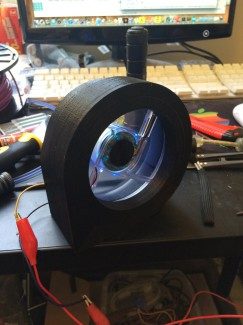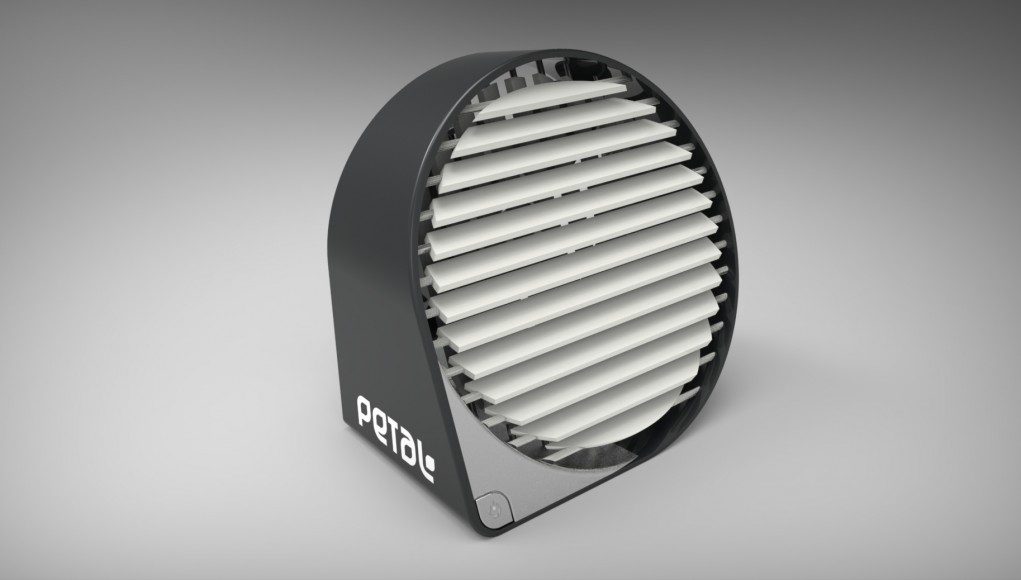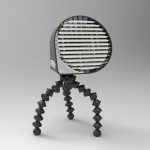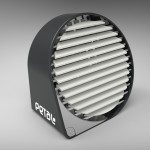As we approach the point where companies involved in virtual reality start to solve the first wave of hard problems associated with virtual reality and more people immerse themselves in VR, it’s clear that for many, merely seeing their virtual world isn’t going to be enough. They want to feel it too.
 Whilst we’re potentially years away from convincing haptics for the entire body, an enterprising group of developers have come up with a solution to a problem you may not have realised existed. A virtual reality fan, and it started its Kickstarter campaign recently.
Whilst we’re potentially years away from convincing haptics for the entire body, an enterprising group of developers have come up with a solution to a problem you may not have realised existed. A virtual reality fan, and it started its Kickstarter campaign recently.
Petal is (as far as we know) the world’s first commercial VR fan peripheral. The idea is that, once integrated with a game, output data from the program is fed to the Petal fan and it interprets data into airflow directed at the player. Imagine swooping through Metropolis as Superman, wearing your Oculus Rift and favourite set of headphones with a convincing breeze from Petal filling in the sensory gaps.
It’s an intriguing idea and the team at Petal have put some real thought into their implementation. The fan (currently at the proof of concept stage) will offer a powerful, responsive fan which can react to changes in gameplay. Also, if one fan isn’t enough, you can daisy chain multiple fans together for more airflow to cover a wider/taller field.
The team are working on Unreal Engine 4 and Unity integration right now and plan to release their SDK as open source to the community should the project get off the ground.
Pledge tiers at which you receive a Petal fan range from the current Early Bird tier, $50 for the developer kit to a ‘Meet the team’ option at $2,999.
We have no idea how effective Petal is or could be, but we like the concept very much. If it interests you, head over to their Kickstarter campaign page here and grab yourself a kit. Or, visit their web page.
We’ll let you know how the campaign fairs. In the mean time, what do you think of the idea?










